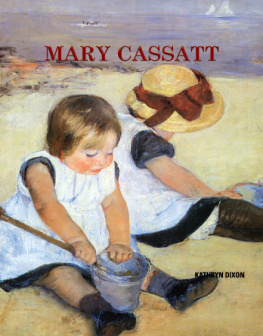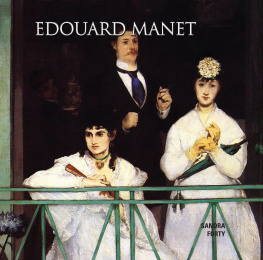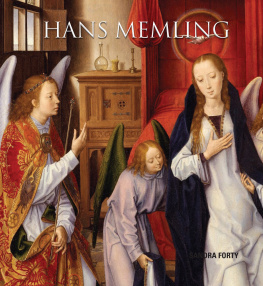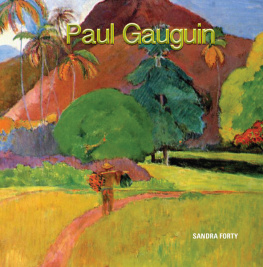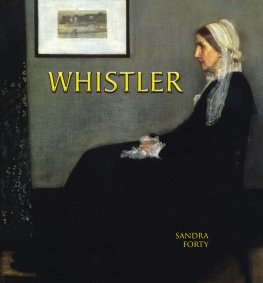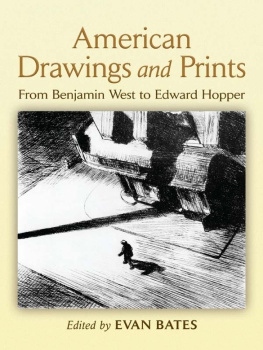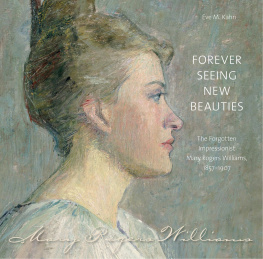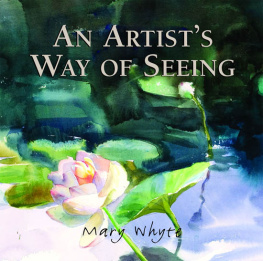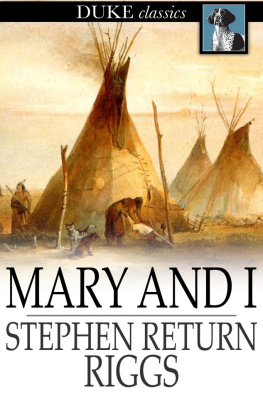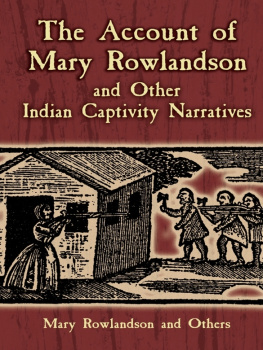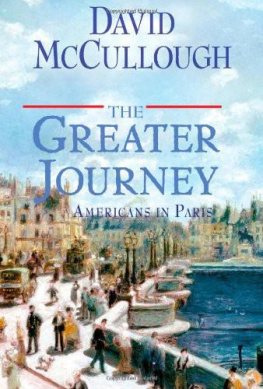All rights reserved. No part of this publication may be reproduced, stored
in a retrieval system, or transmitted in any form or by any means, electronic,
mechanical, photocopying, recording, or otherwise, without the prior written
permission of the Publisher and copyright holders.
Printed in China.
1 2 3 4 5 17 16 15 14 13
INDEX
A Kiss for Baby Anne
A Woman and a Girl Driving
Alexander J. Cassatt and His Son, Robert Kelso Cassatt
At the Window
Bacchante, The
Bath, The
Boating Party, The
Child in a Straw Hat
Child in Orange Dress
Childs Bath, The
Childs Caress, The
Children in a Garden (The Nurse)
Children Playing on the Beach
Children Playing with a Cat
Coiffure, The
Family, The
Five OClock Tea
Flirtation: A Balcony in Seville, The
Gardner Held by His Mother
Gathering Fruit
Girl Arranging Her Hair
Girl in the Garden
Head of Simone in a Large Plumes Hat
Horse-Chestnut Tree, The
In the Omnibus
Jules Being Dried by His Mother
Letter, The
Little Girl in a Blue Armchair
Loge, The
Lydia Crocheting in the Garden at Marly
Madame Gaillard and Her Daughter, Marie-Therese
Mandolin Player, The
Mary Cassatt Self-Portrait
Mary Ellison Embroidering
Maternal Caress
Maternal Caress
Maternal Tenderness
Maternit
Maternity
Miss Mary Ellison
Mother About to Wash Her Sleepy Child
Mother and Child
Mother and Child
Mother and Child
Mother and Child (Baby Getting Up from His Nap)
Mother and Child in a Boat
Mother and Child Reading
Mother and Sara Admiring the Baby
Mother Berthe Holding Her Baby
Mother Combing Her Childs Hair
Mrs. Robert S. Cassatt (Katherine Cassatt)
Nurse Reading to a Little Girl
Offering the Panel to the Bullfighter
Pink Sash, The
Portrait of a Young Girl
Portrait of an Elderly Lady
Reading Le Figaro
Sketch of Ellen Mary Cassatt in a Big Blue Hat
Sketch of Mother Looking Down at Thomas
Spanish Dancer Wearing a Lace Mantilla
Summertime
Two Women Throwing Flowers During Carnival
Woman and Child in Front of a Shelf
Woman Bathing
Woman in a Red Bodice and Her Child
Woman Sitting with a Child in Her Arms
Woman with a Pearl Necklace in a Loge
Woman with a Red Zinnia
Young Girls
Young Mother Sewing
Young Woman in Green Outdoors in the Sun
Young Woman Picking Fruit
1844-1926
Although Mary Stevenson Cassatt never married, having decided early in life that marriage would be incompatible with her career, and did not have children of her own, she is best known today for her paintings, pastels, and prints of mothers and their children. During the late 1870s and early 1880s, as her career was taking flight, the subjects of her works were often her family especially her sister Lydia engaged in the mundane tasks and simple pleasures of daily living, as well as the themes of the theater and the opera. Seeking a new form of expression after her sojourn with the Impressionists, Cassatt experimented with new techniques and entered her most productive years in the decade of the 1890s. Her focus shifted in the later years of her career, after 1900, to the portrayal of the intimate bond between a mother and child.
A great friend of Edward Degas, the noted Impressionist painter, Cassatt was influenced by his techniques and methods, and was the only American to be a member of the Impressionist movement during its productive years. Her prodigious body of work over 400 known paintings, pastels, and prints is exhibited in museums throughout the United States as well as in museums in Canada, France, and Russia, and is also held in private collections. Cassatt was born in Allegheny City, which is now part of Pittsburgh, Pennsylvania, on May 22, 1844. She was born into a well to do family of French Huguenot heritage. Her father was Robert Simpson Cassat (who later changed his surname to Cassatt), a successful stockbroker and land speculator, and her mother was Katherine Kelso Johnston Cassatt, whose family was in the banking business. The family's ancestral name was Cossart. Cassatt was one of seven children. Two of her siblings died in infancy. Eventually, the Cassatt family moved eastward, first to Lancaster, Pennsylvania, then to the Philadelphia area, where Cassatt entered school at the age of six.
At an early age, Cassatt was introduced to the European experience. It was considered a vital part of her education. She spent five years with her family visiting many of the European capitals, including London, Paris, and Berlin. She took her first lessons in drawing and music while abroad and also learned German and French. Cassatt was among the throngs who toured the Worlds Fair of 1855 in Paris. It is likely that she would have viewed the works of the French artists Ingres, Delacroix, Corot, Degas, Pissarro, and Courbet, all of whom were exhibited at the fair. Degas and Pissarro would both be future colleagues and mentors.
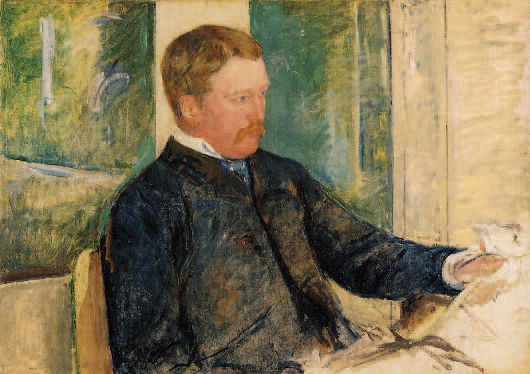
Portrait of Alexander J. Cassatt, 1880
At the age of 15, over her familys objections, Cassatt began to study painting at the Pennsylvania Academy of the Fine Arts in Philadelphia, Pennsylvania. She was launched on the career path she desiredto be a professional artist. Cassatt continued her studies during the years of the U.S. Civil War, although her family, and in particular her father, was not enthusiastic about her chosen career. Only about 20 percent of the students at the academy were female. While this may have played a role in her familys lackluster support, part of their concern may also have been Cassatts exposure to feminist ideas and the bohemian behavior of some of the male students at the academy. Unlike many of the students at that time, Cassatts goal was to be a professional artist. She was not studying merely to hone a skill or talent, but to make a name for herself in the competitive and uncompromising milieu of the worlds most talented and respected artists.
Cassatt became disillusioned with the academy, believing that the instruction was slow and that the male students and teachers were patronizing to the female students, who had a rather second-class status. Female students could not use live models, for example. So, she took the development of her career into her own hands and persuaded her parents to let her study in Paris where she could learn by copying the old masters.
Chaperoned by her mother and family friends, Cassatt moved to Paris in 1865. Because women could not yet attend the Ecole des Beaux-Arts, she applied to study privately with masters from the school. Cassatt began taking private lessons from the leading academic painter Jean-Leon Geromem, a highly regarded teacher known for his hyper-realistic technique and his depiction of exotic subjects.

